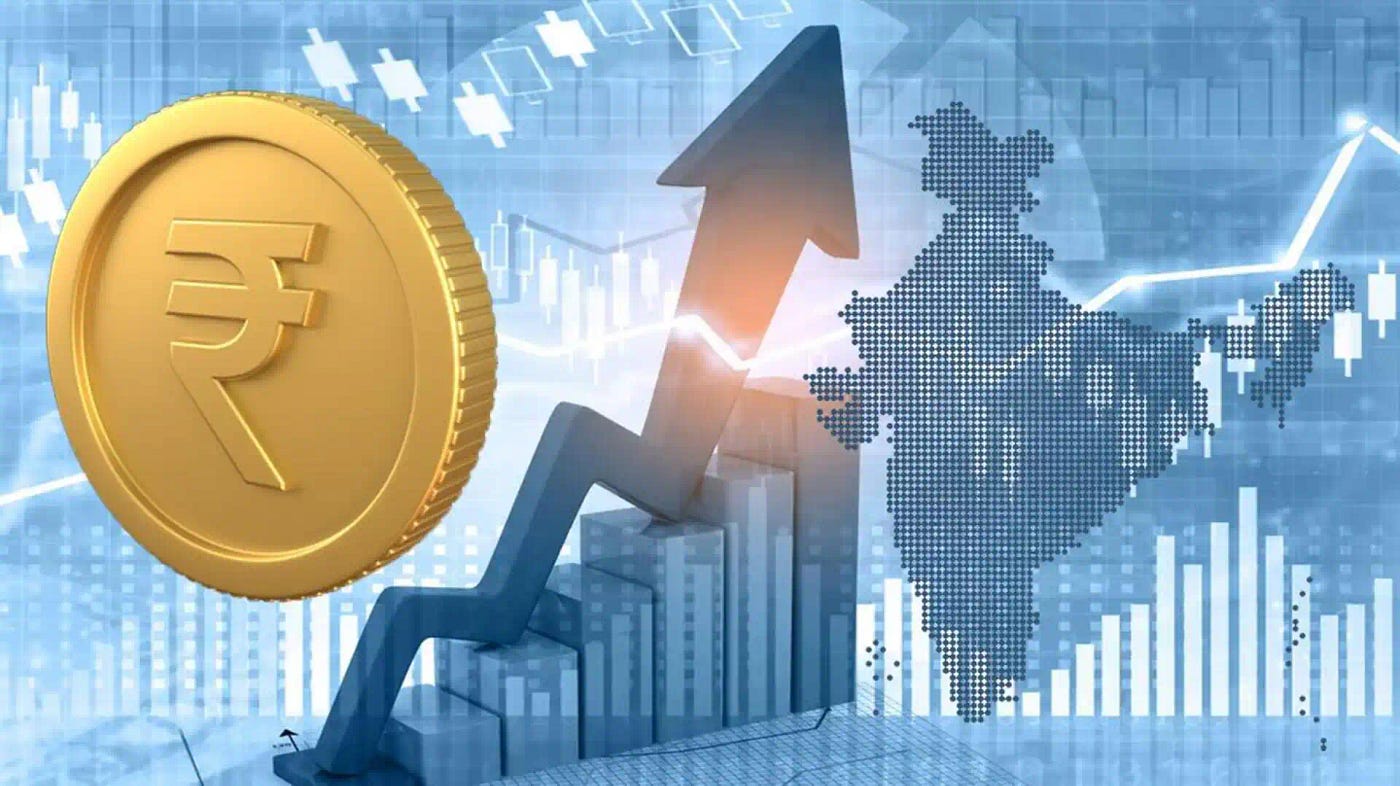The Global Economic Race: Fast and the Stalled

The global economy in 2024 is characterized by a stark dichotomy, with advanced economies struggling under various challenges while emerging markets surge ahead. This ‘two-speed’ phenomenon is particularly evident in the contrasting economic trajectories of countries like China, grappling with real estate challenges, and India, experiencing rapid economic growth. Central banks’ efforts to control inflation, coupled with shifting consumer behavior and fluctuating household incomes, are reshaping the global economic landscape. This trend requires agile and adaptive strategies from businesses and governments alike, as they navigate an environment of divergent economic growth and unpredictable market forces.
Advanced Economies: Facing Headwinds
Advanced economies, including the United States and many European nations, are currently facing significant economic headwinds. Persistent inflation, supply chain disruptions, and geopolitical tensions are some of the key challenges impacting their economic performance. Central banks in these regions have been implementing tight monetary policies to curb inflation, leading to higher interest rates and slowing down economic growth.
Example: The US and Eurozone Struggles
In the United States, the Federal Reserve’s aggressive rate hikes have aimed to tame inflation but have also slowed consumer spending and investment. Similarly, the Eurozone is grappling with the economic fallout from the ongoing conflict in Ukraine, which has disrupted energy supplies and increased prices.
Emerging Markets: Engines of Growth

In contrast, emerging markets are becoming the new engines of global growth. Countries like India and several Southeast Asian nations are experiencing robust economic expansion, driven by favorable demographics, technological advancements, and increasing foreign investments.
Example: India’s Economic Surge
India’s economy is expected to grow at a rapid pace, driven by strong domestic consumption, government reforms, and a burgeoning tech sector. The country’s focus on digital infrastructure and startup ecosystem has attracted significant foreign investment, fueling its economic momentum.
China: A Mixed Bag
China presents a mixed picture within this two-speed world economy. While it remains a major player in global trade and manufacturing, it faces significant internal challenges, particularly in its real estate sector. The Chinese government’s measures to stabilize the housing market and manage debt levels are crucial to maintaining economic stability.
Example: Real Estate Challenges
China’s real estate sector, which accounts for a substantial portion of its GDP, is undergoing a severe correction. Major property developers are struggling with high debt levels, leading to project delays and defaults. The government’s interventions aim to prevent a broader economic downturn.
Central Banks: Balancing Acts
Central banks around the world are engaged in a delicate balancing act. In advanced economies, the focus is on containing inflation without triggering a recession. Meanwhile, in emerging markets, central banks are striving to support growth while managing inflationary pressures.
Example: Diverse Monetary Policies
The European Central Bank (ECB) continues to raise interest rates cautiously, attempting to balance growth and inflation. On the other hand, central banks in emerging markets like Brazil and India are more focused on promoting growth and stability, often with more flexible monetary policies.
Shifting Consumer Behavior and Household Income
Consumer behavior and household incomes are also evolving in response to these economic dynamics. In advanced economies, high inflation and interest rates are constraining disposable incomes, leading to changes in spending patterns. Conversely, in emerging markets, rising incomes and urbanization are boosting consumer demand for goods and services.
Example: Consumer Trends
In the US, consumers are becoming more price-sensitive, prioritizing essential goods over discretionary spending. In contrast, in India, the growing middle class is driving demand for a wide range of products, from electronics to automobiles.
Strategies for Businesses and Governments
Navigating this two-speed world economy requires agile and adaptive strategies from both businesses and governments. Companies need to be more flexible in their operations, focusing on efficiency and innovation. Governments must implement policies that foster economic stability and growth, tailored to their specific economic contexts.
Example: Business Adaptation
Global companies like Unilever and Procter & Gamble are adjusting their strategies to address diverse market conditions. They are optimizing supply chains, investing in digital transformation, and tailoring products to meet local consumer needs.

Conclusion
The global economy in 2024 is marked by a clear dichotomy between the struggling advanced economies and the rapidly growing emerging markets. This ‘two-speed’ phenomenon necessitates adaptive strategies from businesses and governments to navigate the complex and unpredictable economic landscape. As we move forward, the ability to respond swiftly to changing economic conditions will be crucial for sustaining growth and stability in this fast and furious world economy.
Comments
Post a Comment